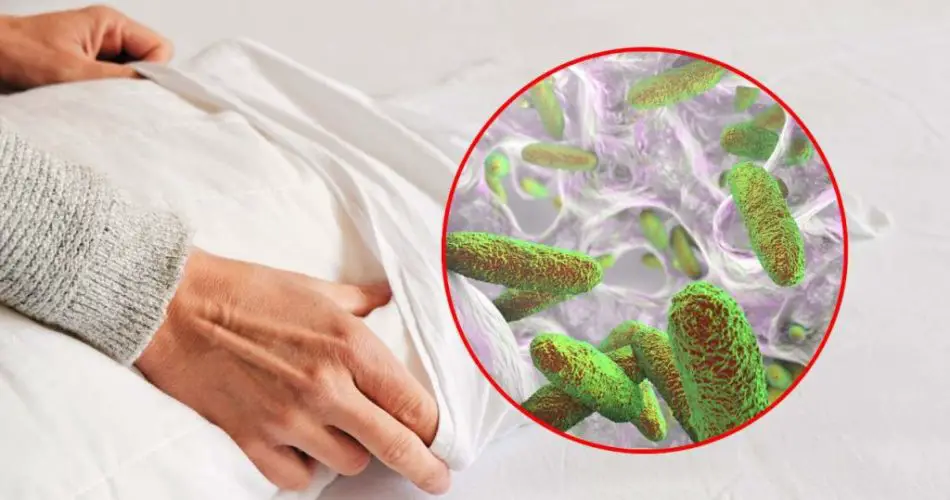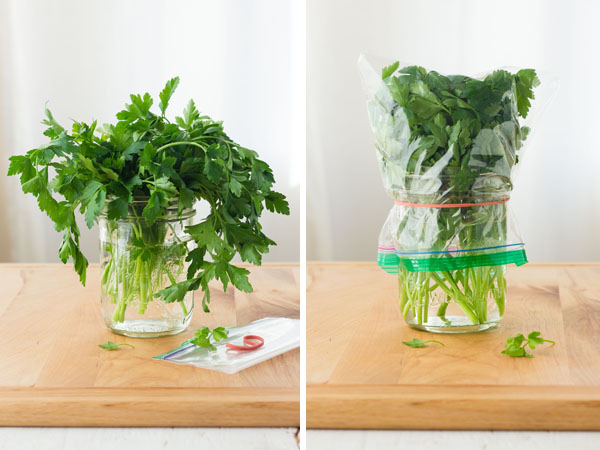Pillowcases full of germs and bacteria: how often should you change them
Pillowcases full of germs and bacteria: how often should you change them
Quality sleep also involves changing the pillowcases, did you know? In addition to having a comfortable bed for the body, where we rest our head, makes a difference.
Let’s discover how this simple object is capable of influencing our rest and quality of life.
Change of sheets and pillowcases.
We know that changing the sheets is important to rest well. Especially if we don’t want to lie in bed, for fear of not being completely alone.
In fact, we are accompanied, without knowing it, by dead skin cells, dust mites, dirt, sweat and many other fauna that, although we do not see, are there.
On the other hand, we all spend about a third of our lives sleeping, so if we don’t change our sheets frequently, we run the risk of sleeping in a nest of bacteria.
This is a condition that can affect our health, so it all depends on the environment in which we find ourselves and the personal habits of each of us.
If many advise us to change them at least once a week, it is also true that for good conservation of the sheets, every morning we must air them, leave the bed open, stretch them and ventilate the room with the window open to let them dry completely before getting ready. to make the bed.
The frequency of changing should be increased to two or three times a week depending on our health and sleeping habits.
For this reason, people who sleep naked, sweat a lot or are sick are more exposed and tend to accumulate more microorganisms, so it will be necessary to increase the frequency of washing the sheets.
Dirty pillowcases, what are you risking?
Now, if the sheets can be changed once a week, and although an increasing number of people realize the importance of washing the pillowcase regularly, most of the time it is unknown why Many experts suggest replacing the pillowcase after two nights of sleep .
For this reason, sweat and oily residue settles on our pillowcases, coming into direct contact with the skin. Pay more attention in this regard if we have a pet that has the habit of climbing into our bed .
The presence of any body fluid can encourage the proliferation of microorganisms, including bacteria, mites and germs. This is not likely to cause any health problems, although it can cause skin irritation, redness, infections, and even allergies or breathing problems, among other things.
Pillowcases hide bacteria and dust mites . If they are not washed frequently, they can increase the risk of asthma, rhinitis, allergies and other dermatological disorders.
In addition, it is advisable to air the duvet and mattress once a year, and wash the pillows every three months, to prevent the proliferation of mites. Bacteria growing on the surface of your pillowcase can irritate your skin and cause rashes. If this happens, pimples and acne may appear on the face.
Additionally, to eliminate allergens, dust mites and other bacteria, it is recommended to wash pillowcases in hot water above 55°C, preferably between 60 and 90° . Plus, washing your face every night and showering before bed helps keep your pillowcases clean longer.






